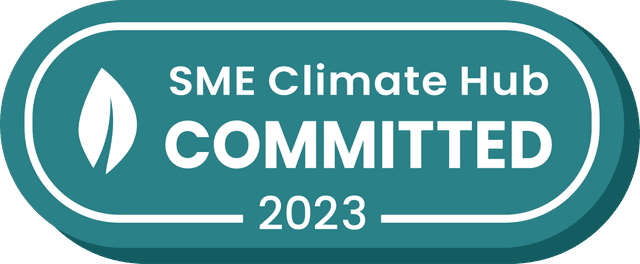)
In the quest for genuine innovation, it's paramount that we and our clients embrace discomfort as a precursor to change. And the digital worlds MAJOR explores are regularly experiencing uncomfortable changes, that's probably why we love it!
Right now, the MACH architecture (Microservices, API-first, Cloud-native, and Headless) is proving to be a game-changer. But it's an uncomfortable concept, not just because of the images 'Headless' conjures, but because it's a significant shift from the norm in web design and development.
This technological upgrade to Headless CMS's and Composable Architectures represents a paradigm shift in how we think about and interact with digital platforms. So it's crucial to help our clients understand its transformative power.
But I'm not here to talk about the tech, I'll leave that to Davs :)
I want to talk about the power of learning to enjoy feeling uncomfortable.
Why do we need to make our clients uncomfortable?
Headless is new, it's unchartered territory for most of our clients. And considering it, feels uncomfortable, it feels risky.
But we push hard for it because we see the massive upsides, and recognise that making our clients uncomfortable isn't just a by-product of change; it's a strategic imperative.
The way we see it, if an innovation doesn't provoke a fundamental shift in behaviour, it's hard to argue it's innovation at all. And discomfort signals that we're challenging the status quo, pushing beyond the boundaries of what's currently accepted or expected. It's a sign that we're not just iterating for the sake of minor improvements but are striving for a form of adaptation that could redefine the landscape.
The challenge here is not insignificant
Altering any behaviour demands a disruption that feels almost disproportionate to the goal. Why? Because incremental improvements, those that make something 'slightly' better, simply don't cut it. Human nature, with its tendency to cling to the familiar, means that without a significant leap forward, people will default to the old and safe way of doing things.
But this understanding should not discourage us. Instead, it should serve as a clarion call to rethink how we approach change and innovation. The path less trodden, filled with the discomfort of breaking new ground, is where true transformation happens.
As Rory Sutherland often says:
"The opposite of a good idea, is often, also a good idea"
Exploring fringes and the leftfield, embracing this discomfort, leaning into the new rather than shying away, is what sets transformative innovations apart from mere iterations.
In essence, the willingness to be uncomfortable is a necessary mindset for those looking to effect real change. Whether you're designing a new product, service, or strategy, the goal should be clear: aim for the kind of disruption that doesn't just nudge the needle but moves it significantly. Only then can we truly say we've innovated.
A digital leap of faith
Adopting a headless approach in digital projects requires a leap of faith, a readiness to dismantle the familiar front-end/back-end monolith in favour of a more flexible, scalable, and future-proof architecture. This move, though daunting, opens up a world of possibilities for personalisation, faster market adaptation, and ultimately, a more seamless user experience that can genuinely meet the evolving expectations of today's digital consumers.
As we navigate through this exciting period of discomfort, we help our clients navigate a journey towards unlocking potential, both in our technology and ourselves.
The future belongs to those who are willing to confront the unknown, to those who see new technology not as a challenge to be feared but as an opportunity to be seized.
If that's you, we want to be your wingmate.
&w=64&q=10)
)
&w=64&q=10)



